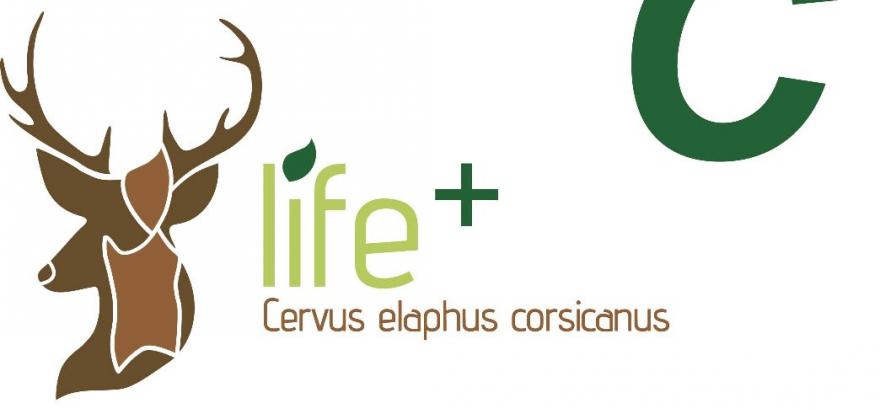Action C5: Realization of troughs, lawns and arable crops
Because of its big dimensions, its nutritive needs, the wide living spaces, its great mobility, the deer is a demanding species from the point of view of the caused effect on the forestry ecosystems and on the agricultural crops.
In this context the environmental improvements take on an important role in the territory management and of its elements. In the specific case one of the main aims of the mentioned interventions is the necessity to guarantee the food supply to the deer, avoiding its settlement in the agricultural areas. The interested territories are mainly uninhabited: for example, the province of Ogliastra consists of about 50,000 inhabitants.
Some zones, inside the reintroduction’s areas, will be defined and destined to the sowing of throwaway cultivations, especially to offer a support during the autumn and wintry months. The intervention regards small areas, from a minimum of 1,000mq (10.76ft²) to a maximum of 5,000mq (53.81 ft²).
In order to avoid the moving away of the deer from the oasis is necessary to adapt the presence of ungulates and livestock to the potential one of the area, in relation with the available trophic resources. To reach this goal, it is essential the realization of environmental improvements, as realization of pasture land, throwaway cultivations and afforestation, in order to optimize the food supply, troughs and shelter territories.
The action includes the installation of deterrents to keep the deer far from pasture lands and to reduce the economic losses and the resulting social tensions with the population.
The devices that are going to be used are:
- Acoustic deterrents powered by solar panels and positioned at the edges of the fields. They produce 20 different noises when the animals are at a distance of 15-20 m (49,21-65,61ft)
- Electrified lines must be used as a defense of the cultivations.





















